- Traverse City, MI |
-
West: W Front St:
(231) 944-6541
-
| Central: Munson Ave :
(231) 421-9300
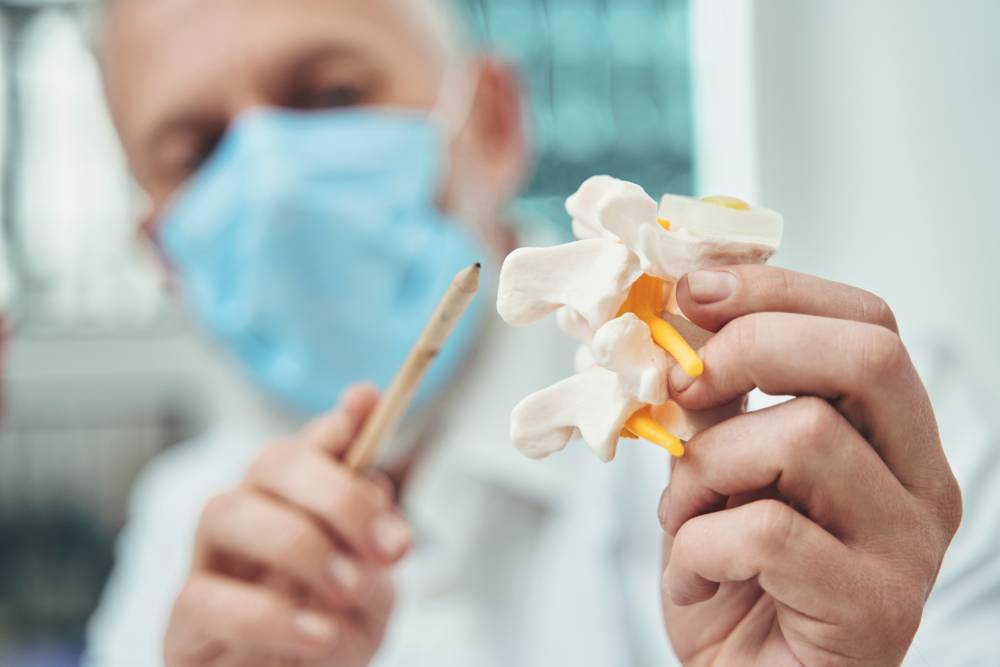
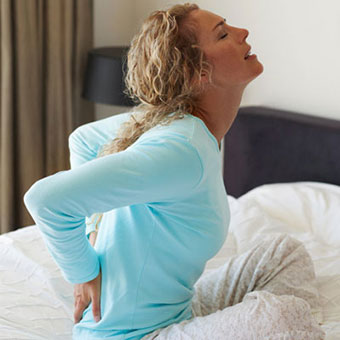
Spinal stenosis is a condition that is characterized by the narrowing of the spaces within the spine.
With less space available, the spinal cord and nerve roots may become pinched, compressed, or dysfunctional, leading to back pain and sciatica.
To reduce pain and minimize the risk of nerve-related complications, immediate spinal stenosis therapy is recommended.
Also called lateral stenosis, this condition occurs when one or more of the intervertebral foramina narrows. This causes compression or inflammation of a spinal nerve. Foraminal stenosis commonly occurs in the lumbar spine and cervical spine.
This involves the narrowing of the hollow space in the center of the spinal column. Central canal stenosis may occur on one or both sides of the body. Patients may experience a stabbing pain, numbness, tingling, and weakness that may extend into the arms or legs.
It is possible for both types of stenosis to occur simultaneously.
The causes of spinal stenosis include:
Tumors of the spine
Paget’s disease of bone
Fractures from injury
Arthritis
Age-related changes in the spine
Tingling, numbness, or weakness felt in both arms and/or legs
Mild to severe pain that radiates from the spine into an arm or leg
Bladder or bowel incontinence
Back pain
Acquiring an accurate diagnosis of spinal stenosis requires a thorough review of the patient’s medical history, a physical examination, and medical imaging such as X-rays, CT scans, and MRI.
You deserve relief from pain! Don’t suffer another day with “back pain”. Get relief today and avoid the 55%+ failure rate of surgeries and drugs. Get All your options
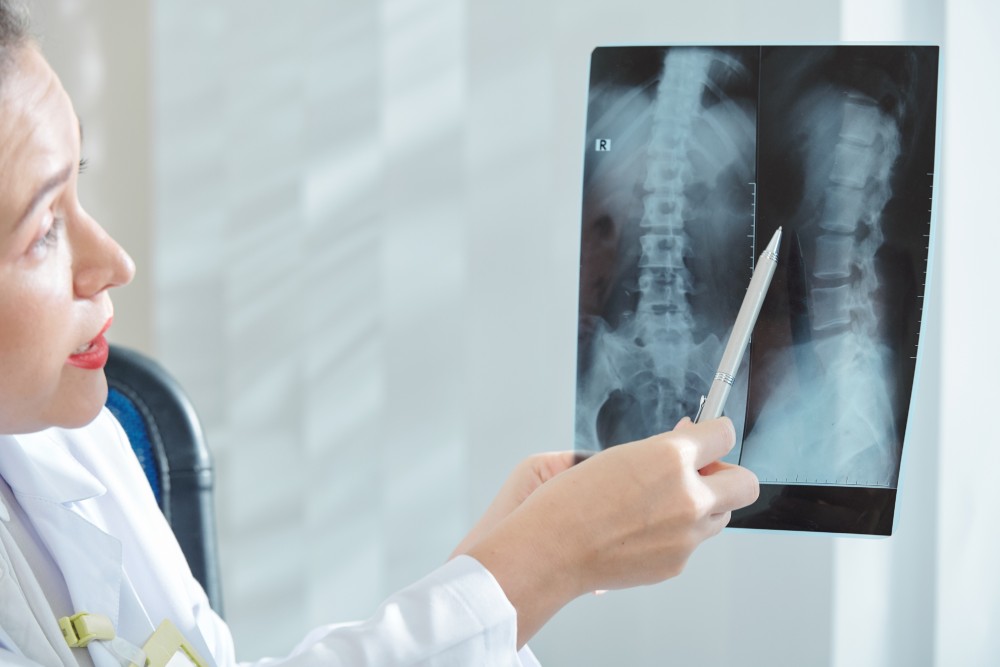

The following treatments are often recommended for spinal stenosis:
Medications – Doctors often prescribe acetaminophen and nonsteroidal anti-inflammatory drugs such as aspirin and ibuprofen to provide relief from spinal stenosis pain.
Epidural steroid injections - Using X-ray and contrast dye, a corticosteroid is injected into the epidural space to minimize inflammation of the spinal cord and/or nerve root.
Surgery – In cases when spinal stenosis is severe or affects various levels of the spine, surgical options such as laminectomy, foraminotomy, or discectomy and fusion are recommended.
While doctors have good intentions, they are really just treating your pain symptoms with these treatments, even surgery. They are not addressing the ROOT CAUSE of the pain, which is most often a musculoskeletal problem. Poor motion in one or more areas of your body can cause the stenosis that is causing your back pain or sciatica. Only good physical therapy can address the root causes of stenosis and relieve pain for good.
Dr. Gorecki has a great video explaining Spinal Stenosis: https://youtu.be/g0Ja8EBe-bc
We have online courses and a number of books (including on Back Pain & Stenosis) available for Free by Clicking Here.
With any type of surgery or medication, there are risks of serious complications including infection, allergic reaction, or damage to the spinal cord. Additionally, conventional treatments are only effective 45% of the time.
At Superior Physical Therapy, we facilitate safe and effective healing by concentrating on the root cause of pain. We aim to deliver guaranteed relief through the following treatment options:
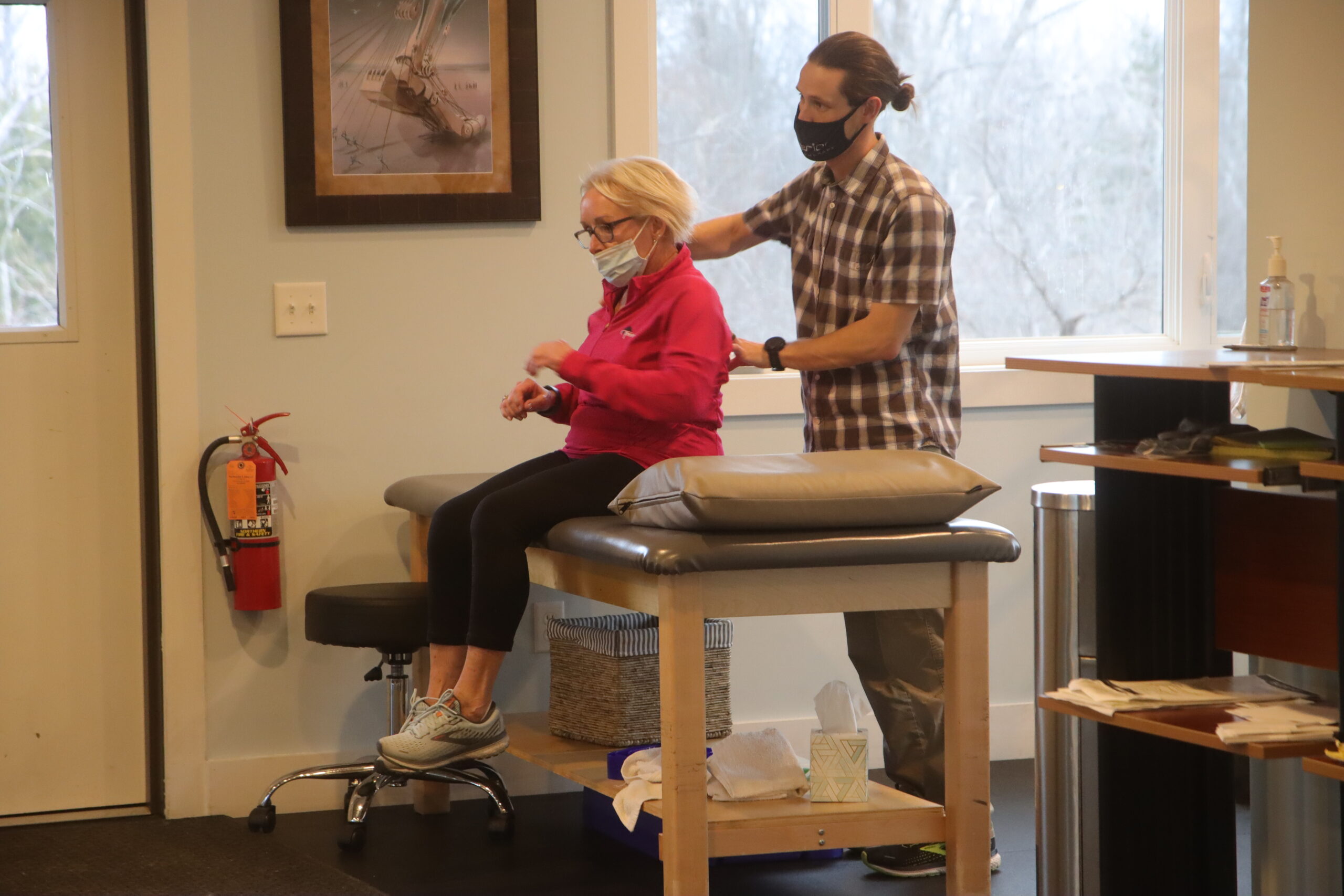
The most important element of healing is identifying the cause. The cause is a movement disorder somewhere else in the body that is creating more stress in the injured area than the tissue can handle. A full body movement assessment is the most important aspect in finding the true cause. This involves assessing how mobile and stable the areas above and below the injured tissues are. Once the dysfunctional areas are identified the physical therapist can then prescribe home treatments to fix the problem areas.
In order to improve motion in the dysfunctional areas that are causing the increased stress on the painful injured tissues the most effect way to make a change in the body is to have a physical therapist use their hands to facilitate the proper motion while you are moving at the same time. This helps improve the path the body takes in order to reduce stress and tenson on the injured area.
The Superior Method aims to educate patients on how the body moves to safely ease pain and restore function.
With our smartphone app called Movement RX, we empower patients with the knowledge and tools needed to attain long-term physical freedom. All of the instructions provided by your physician will also be video-recorded and sent directly to your email or mobile device.
This principles-based method is designed to improve how the mind, body, and spirit work together to facilitate complete healing. All Superior Physical Therapy providers are Fellows of Applied Functional Science through the Gray Institute. This organization is led by the reputable physical therapist, Dr. Gary Gray.
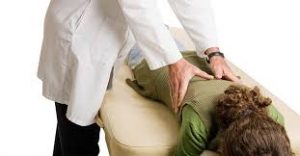
Mechanical vibrations that penetrate deep into the muscle tissue enable tissue regeneration and improve the lactic cycle, which is one of the most common causes of pain. The procedure also helps boost circulation and lymphatic flow to alleviate pain.
The McKenzie Method® of Mechanical Diagnosis and Therapy® (MDT) is a distinguished and internationally researched method of diagnosis and treatment for spinal and extremity musculoskeletal conditions. Created by New Zealand Physiotherapist Robin McKenzie, this system has been used globally for over 60 years.
MDT-certified clinicians assess and treat all types of musculoskeletal disorders including complications in the spine, muscles, tendons, and extremity joints.

The right treatment option will depend on the symptoms you are experiencing. To learn how you can get lasting relief from pain, book your complementary path forward call with specialist, Dr. Andrew Gorecki. On this call you will be asked some basic questions as well as provided more information about how to treat your pain. Don’t delay, pick up the phone and call 231.944.6541 or request a consultation today before spots fill up.
